
Dealing With The Top 3 Common Inkjet Plotter Issues
Large-format printers are indispensable tools for many industries, but like any sophisticated machinery, they can encounter issues. At TAVCO, we understand the frustration these problems can cause. Drawing on our extensive expertise, we've identified the Top 3 Common Inkjet Plotter Issues that users frequently face and offer professional insights to help you navigate them.
1. Dead Print Heads: A Common Culprit
Print heads are the heart of your inkjet plotter, responsible for precisely jetting ink onto your media. Over time, they naturally wear out, much like the brakes on your car. However, premature failure can occur, often due to improper care and maintenance. While many modern wide-format printers offer self-diagnosis, print quality issues can sometimes appear without an obvious alert.

TAVCO's Insight: The primary cause of early print head failure is often non-use. When an inkjet plotter is powered off for extended periods, the microscopic nozzles within the print head can clog with dried ink. To prevent this, TAVCO recommends two simple remedies:
- Perform routine internal print head checks and calibrations.
- Leave your machine powered on so that automated cycle maintenance can be performed.
2. Paper Jams and Poor Stacking: Addressing Workflow Disruptions
Most wide-format printers utilize a gravity-fed delivery system, where printed sheets fall into a catch basket. While advancements like integrated stacking offerings exist (e.g., the Canon TZ-320000 or the HP XL-3800), many still rely on the drop-basket format, making them susceptible to jams and poor stacking.

TAVCO's Insight: These issues are frequently exacerbated by curled prints, a byproduct of ink saturating the paper media. If this is a recurring problem, consider printing on heavier stock. For LED plotters, static electricity can be a factor, which can be corrected with anti-static measures. TAVCO service technicians can provide best practices for your specific unit, ensuring smoother operations and minimizing downtime.
3. Software Compatibility: Keeping Your Plotter Current
Software compatibility is a significant concern, especially when upgrading your operating system. Plotter manufacturers often discontinue software support for older models when hardware support ends, meaning many reliable legacy plotters may become incompatible with newer OS platforms due to a lack of driver updates.

TAVCO's Insight: Unfortunately, the only fix for severe software incompatibility is sometimes to upgrade your printer technology to align with your operating system. The good news is that the price of wide-format printers has significantly decreased in recent years, making new plotters more accessible than ever. TAVCO can help you explore modern solutions that seamlessly integrate with your current IT infrastructure.
Get Professional Support from TAVCO
Dealing with these issues can be challenging, but you don't have to face them alone. TAVCO offers unparalleled expertise in large-format printer service and support. Our team is dedicated to helping you maintain optimal performance and extend the life of your equipment.
Contact us to request service today and let TAVCO provide the professional support you need to keep your operations running smoothly.
Visit our plotter service and support page to learn more.
No comments



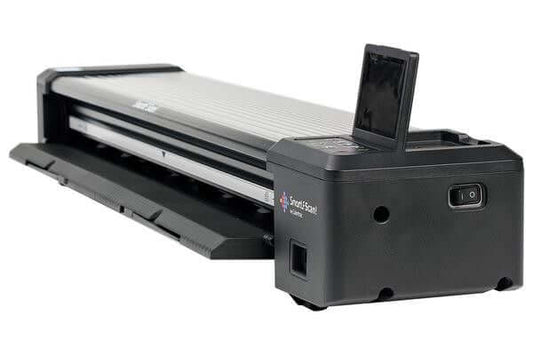
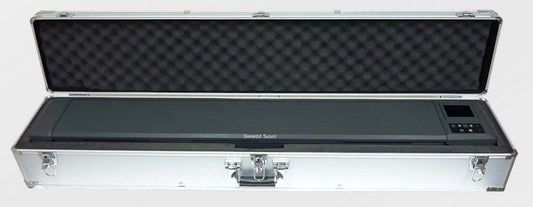


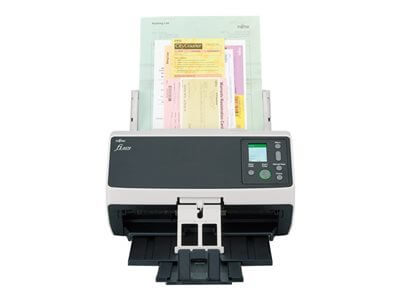
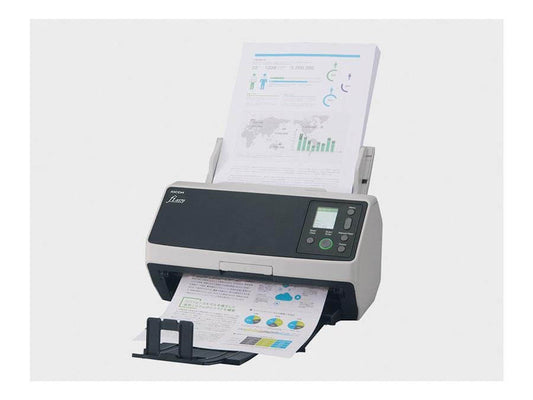
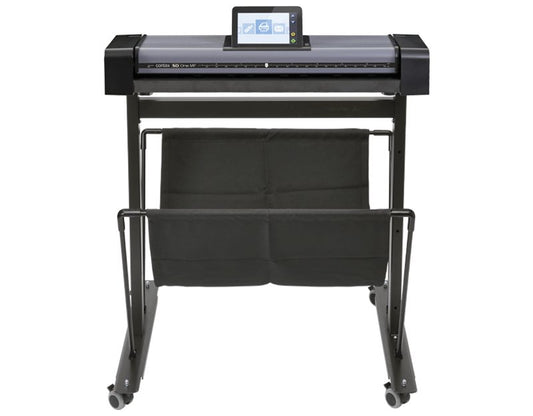

![Matterport MC250 Pro2 Camera [Demo Model Sale] - TAVCO](http://tavcotech.com/cdn/shop/files/matterport-mc250-pro2-camera-demo-model-sale-2922306.jpg?v=1753797590&width=533)
![Matterport MC250 Pro2 Camera [Demo Model Sale] - TAVCO](http://tavcotech.com/cdn/shop/files/matterport-mc250-pro2-camera-demo-model-sale-5147499.jpg?v=1753797590&width=533)

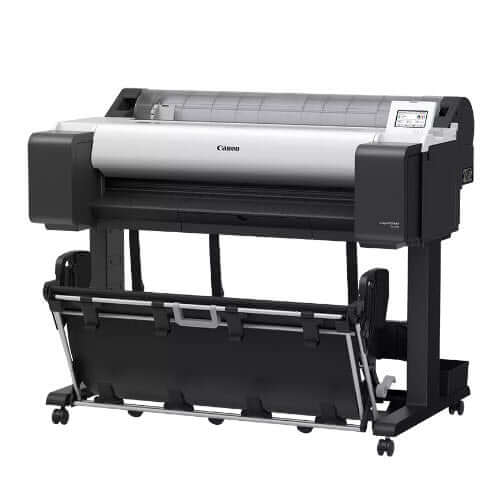



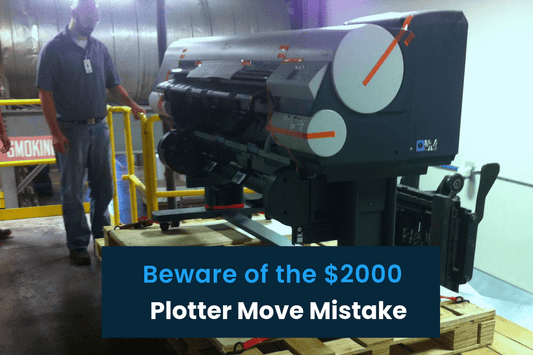
0 comments